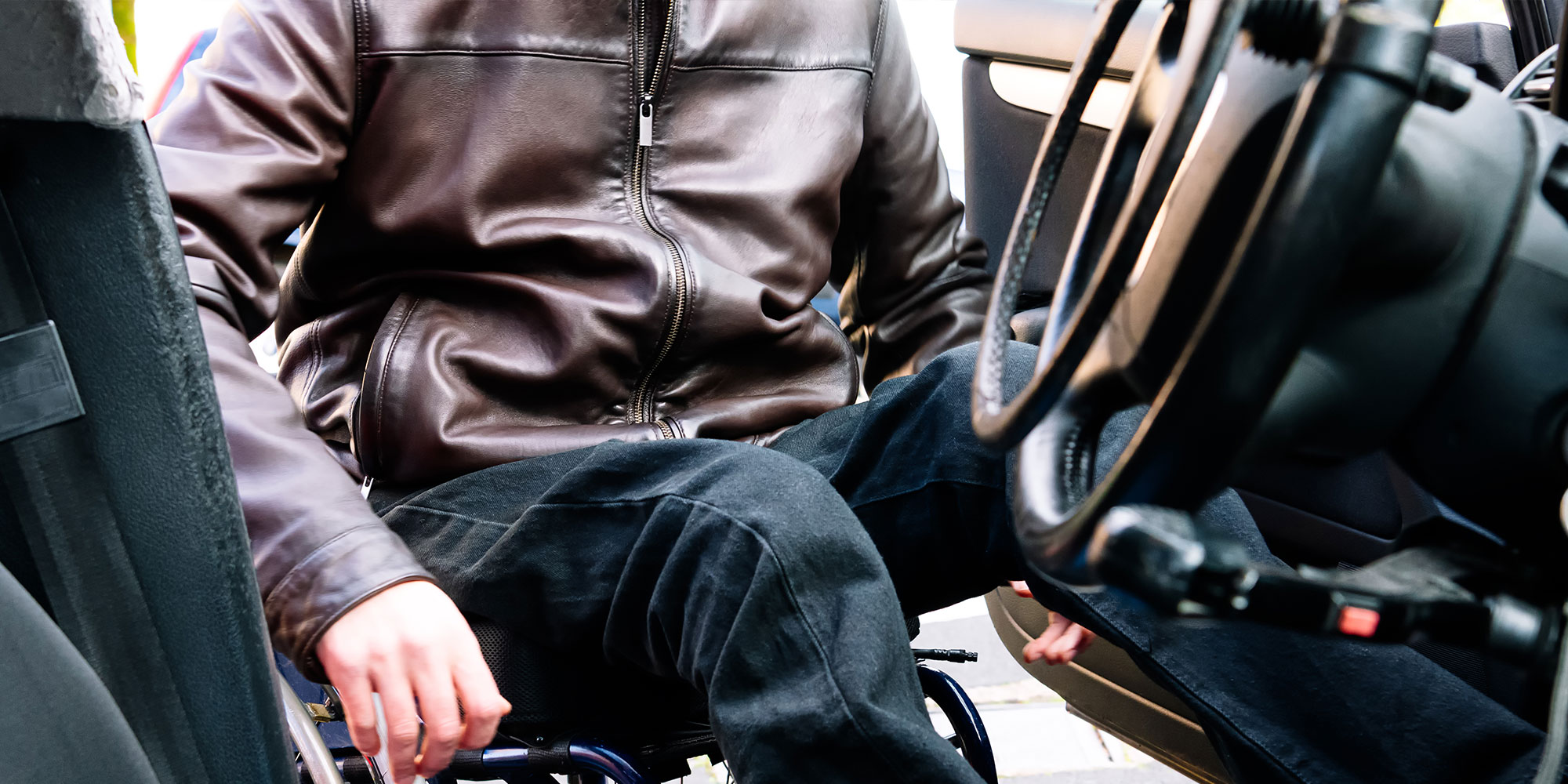Driver Rehabilitation Program

Get Back on the Road
Driving is an integral part of your independence. So is staying safe on the road. Occupational therapists from Sunnyview Rehabilitation Hospital help more people do both. We offer the most comprehensive driver rehabilitation program in New York state. Our services are for people with disabilities and older adults who would like to drive but need a helping hand.
Our services are available to the public. You do not need to be a current or former patient to participate.
What Is Driver Rehabilitation?
The ability to drive makes it easier to live the lifestyle you want and be an active member of your community. But physical challenges and difficulty thinking can affect your driving skills. Rehabilitation includes assessments, training and assistive devices, if needed, that enable you to get back on the road.
The program is available to any person who:
-
Is 16 years old or older
-
Meets state eligibility requirements for a driver’s license/permit or already has one
-
Has been medically cleared by a doctor to pursue driving
-
Needs recommendations for vehicle modifications to transport a passenger.
The Driver Training Center at Sunnyview Rehabilitation Hospital: Why Choose Us?
Driver rehabilitation is one of the many ways Sunnyview helps people achieve the best possible quality of life. Experienced occupational therapists with additional education in driver rehabilitation provide a range of services to help people stay safe on the road and meet their transportation needs.
Our certified driving rehabilitation specialists assess all areas of driving ability and safety. Results are confidential, and we do not report them to the Department of Motor Vehicles. If we determine that a person should not be driving, we share this information with your doctor.
Who Needs Driver Rehabilitation?
Driver rehabilitation is for people who may be at an increased risk for driving due to an illness, injury or medical condition including:
- Amputation
- Difficulty thinking due to dementia or Alzheimer’s
- Illness or surgery that limits a person’s ability to move their arms or legs
- Nerve damage
- Spinal cord injury
- Stroke
- Traumatic brain injury
- Learning or developmental disabilities
Driver Assessment, Training and Assistive Devices
If you need driver rehabilitation, here’s what to expect:
Pre-driving assessment
Before getting on the road, we assess vision, physical abilities and thinking skills necessary for driving, including your:
-
Range of motion, strength and coordination
-
Reaction time
-
Concentration, attention, memory and processing speed
-
Reasoning and judgment
-
Understanding of the rules of the road
-
Vision, including peripheral vision, depth perception, color perception and night vision
-
Ability to get in and out of a vehicle and manage mobility devices if utilized
On-the-road evaluation and training
The on-road assessment is completed on a student driver vehicle (Subaru Outback or Forrester) and is equipped with an instructor’s accelerator and brake to help you have a safe experience. Vehicles also have adaptive driving equipment that may be needed to compensate for a physical disability. The assessment encompasses a variety of traffic situation to assess vehicle control, attention to signs, signals and rules of the road, and ability to interact with other traffic safely. Once completed the therapist will review the results of the assessment, make recommendations, and provide a written recommendation to the driver.
Training may include teaching you compensator strategies to adapt to a loss of function, training in the use of adaptive driving equipment or important reminders about traffic laws. If safe driving is not achieved recommendations can be provided to improve function in the areas needed or provided information on alternative transportation options in your area.
Assistive devices for driving
Assistive devices are special pieces of equipment and technologies that make it safer for you to drive. We provide personalized recommendations based on your needs and train you on how to use them. Assistance is provided to ensure that your driver’s license is properly amended by NYS DMV, and to have your vehicle modified.
Assistive devices for driving include:
-
Additional mirrors for a better view of your surroundings
-
Hand controls for operating the accelerator and brake
-
Steering devices to accommodate steering with just one arm.
-
Left side accelerator pedal

Start Your Recovery
Call us today for more information about our rehabilitation programs.
Fax: 518-382-4531
Call: (518) 382-4516